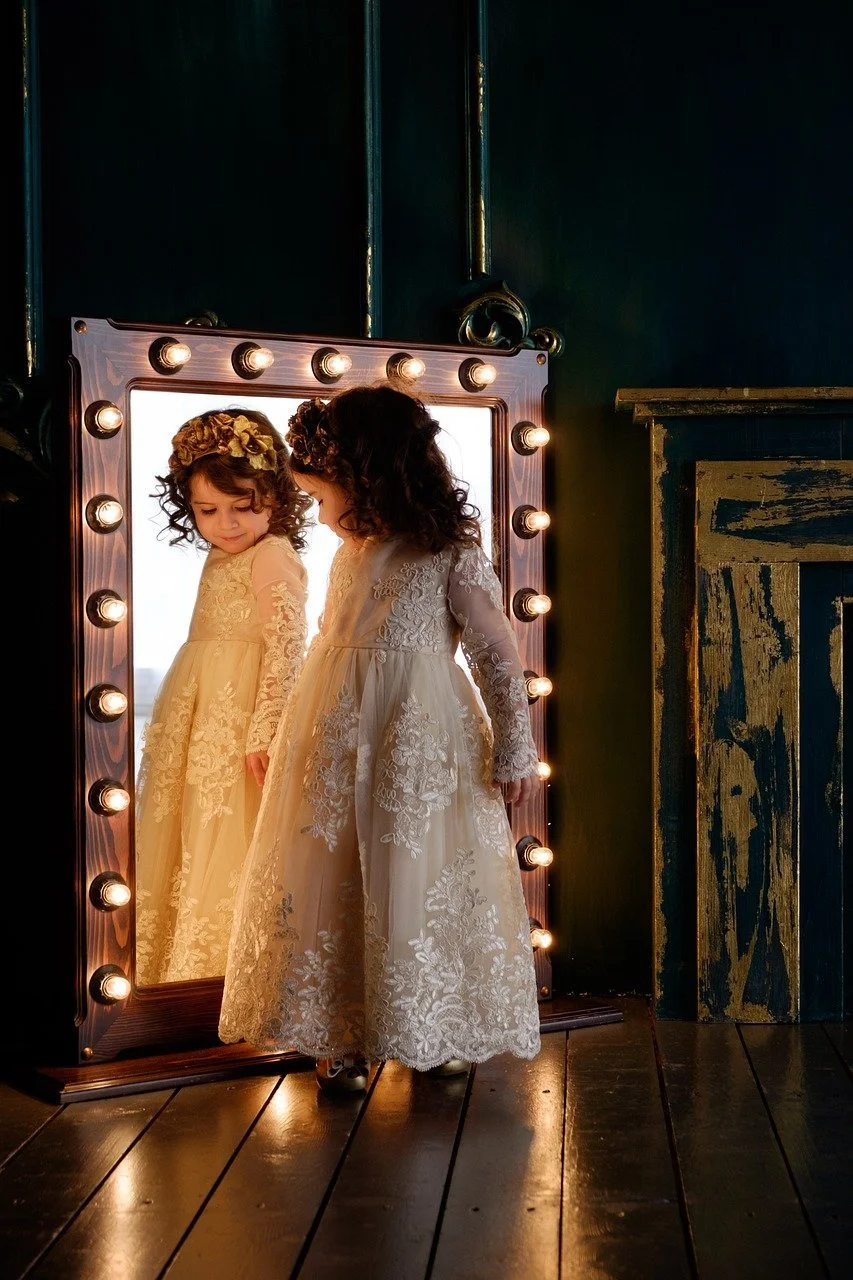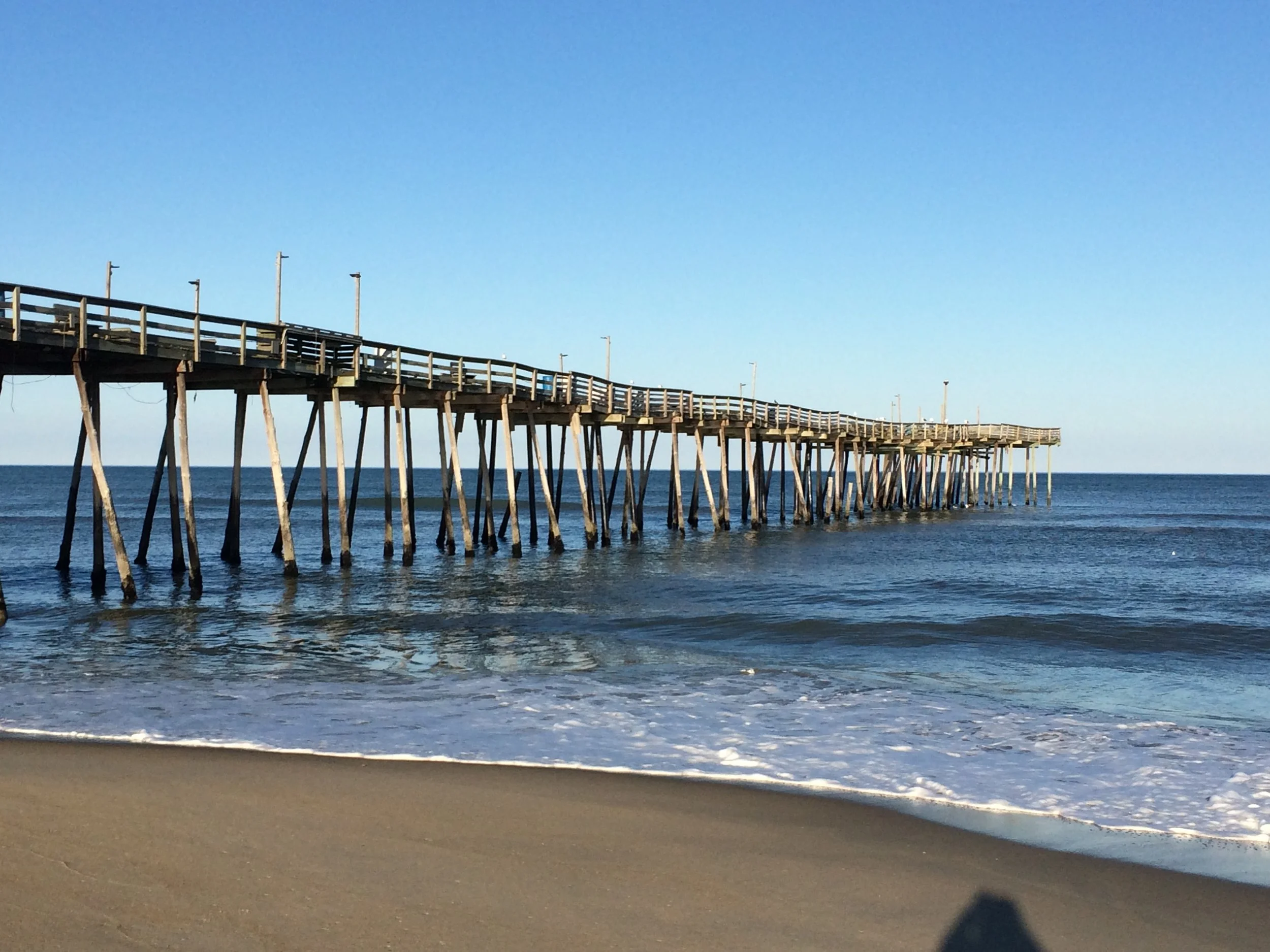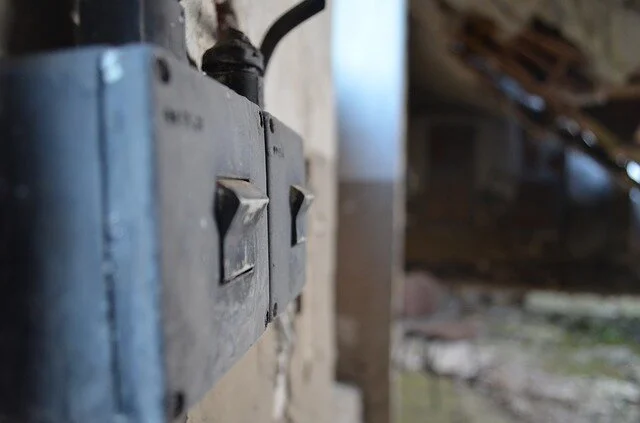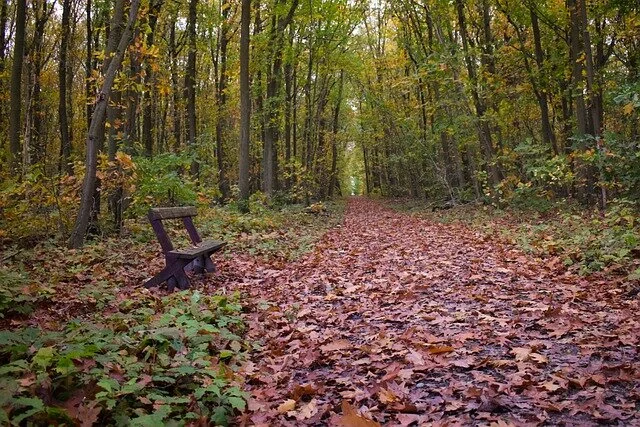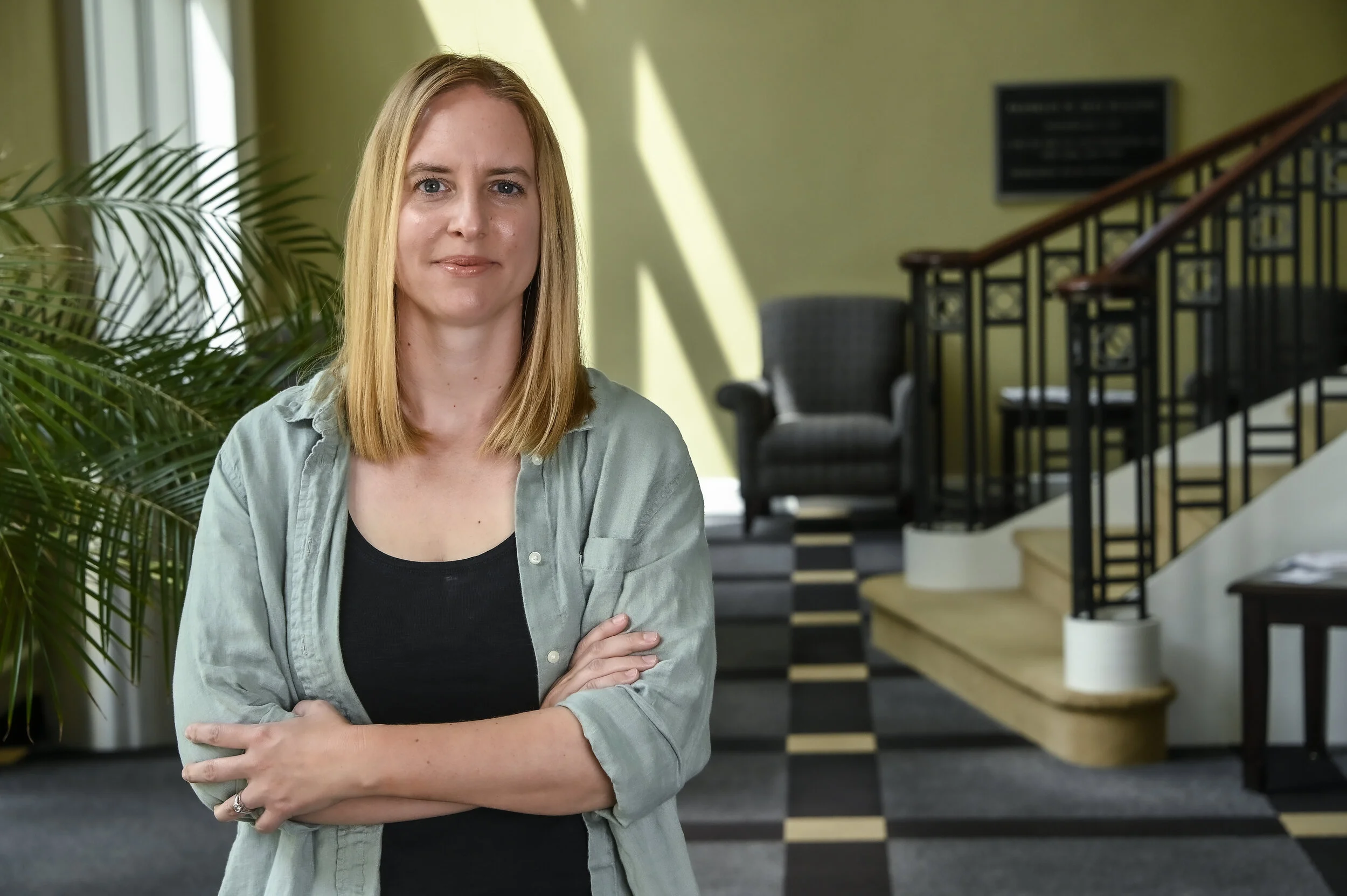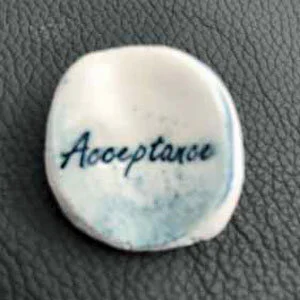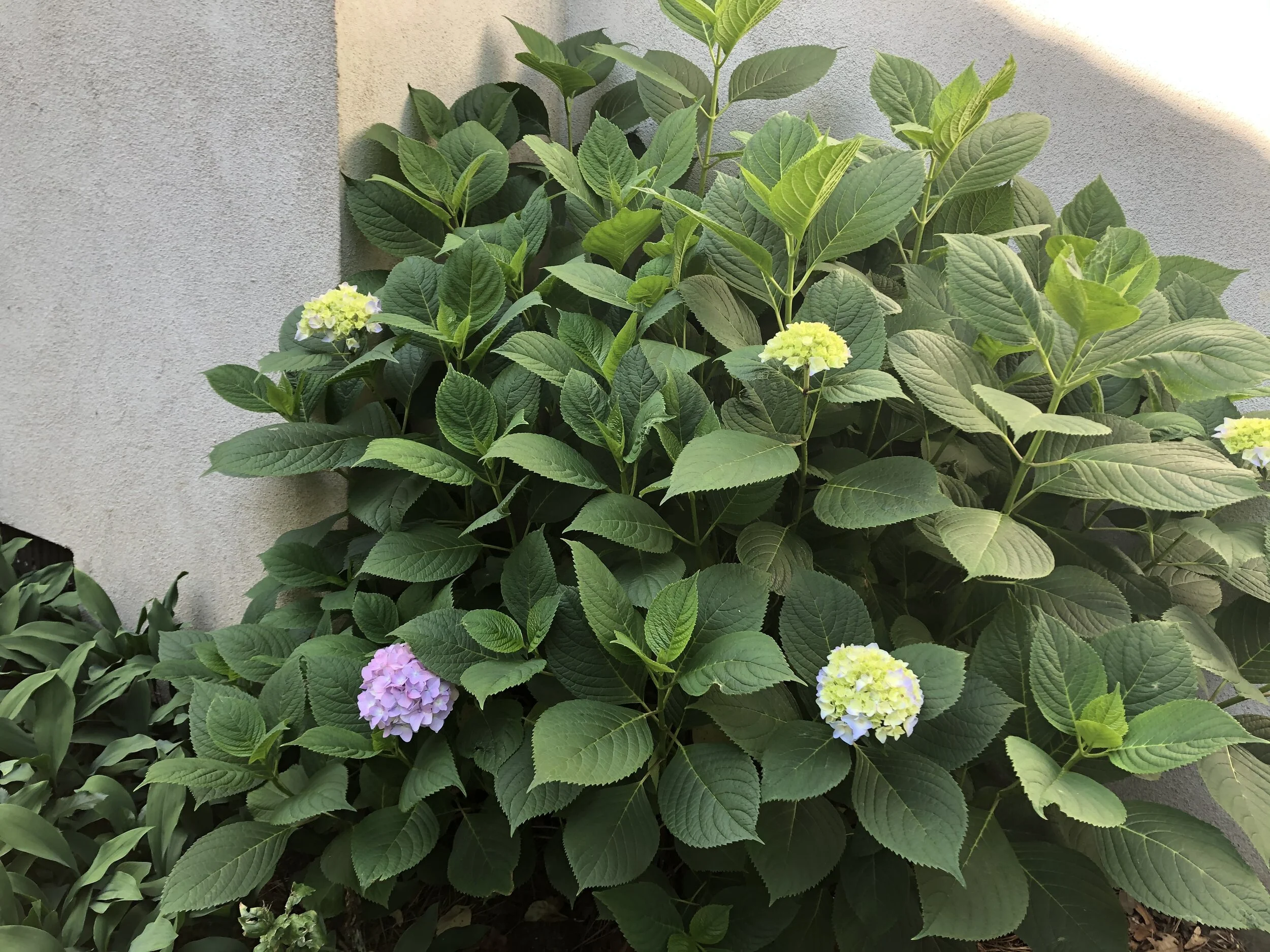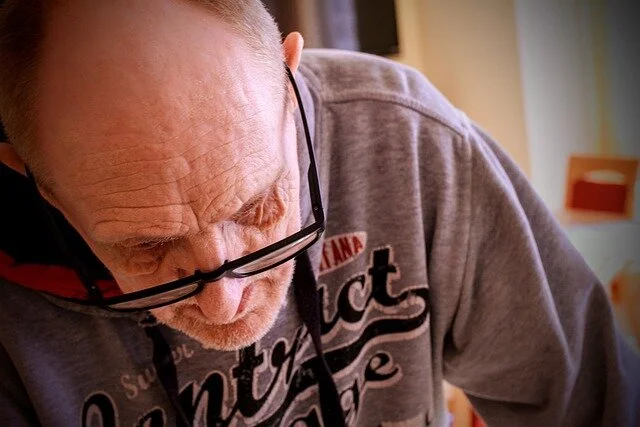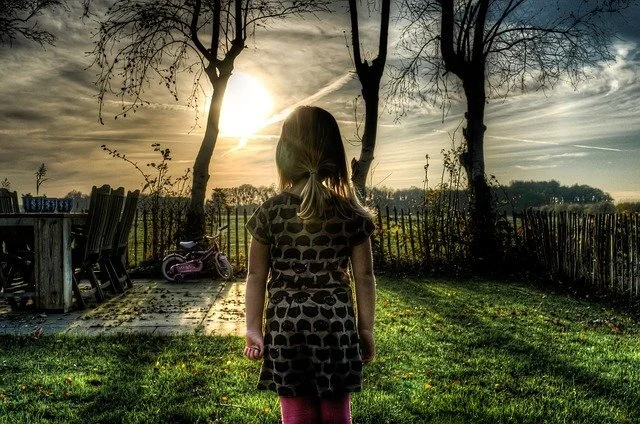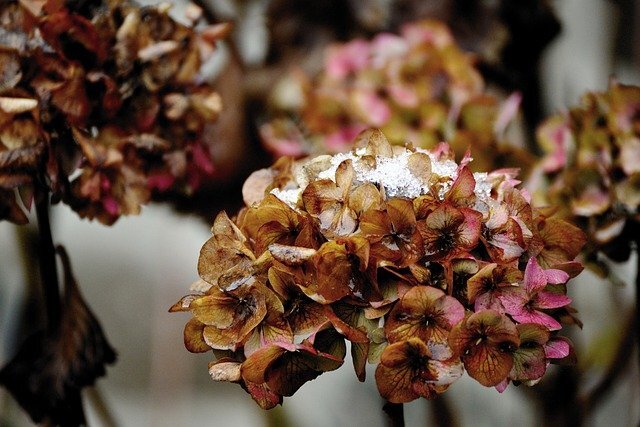The other day I heated a can of potato soup and cracked open a bag of oyster crackers for lunch. I bought the oyster crackers in March during one of my prepare-for-the-pandemic shopping trips, and I had forgotten that they were stuffed into the back of the pantry.
Oyster crackers are comfort food to me. My mother never bought them, but my grandmother kept them in a big glass jar within a child’s easy reach in a bottom cabinet, the same cabinet where she stored the cereal that my sister and I snacked on every time we visited her. I snacked on the oyster crackers, too. Mamaw also gave them to me when I was too sick to go to school, and I stayed with her.
As I ate my soup and munched the oyster crackers that I bought nine months ago for comfort, I thought about this strange and difficult year. For me, it’s been a year of loss—many kinds of loss.
I lost two of my dearest family members, including Mamaw. I lost a special friend who was the first person to welcome me into this neighborhood 24 years ago. A treasured former colleague died of Covid.
I lost the sense of safety and ease in moving around my community on a daily basis. I gave up travel plans. I lost opportunities to gather with family and friends, an especially painful loss at the holiday season. I lost concerts, art openings, and author readings at my local bookstore. So many of the activities that bring me joy are not safe right now.
But in the face of all this loss there has been comfort and even joy. As my husband and I have joked several times this year, fortunately we enjoy each other’s company because we’ve had to spend a lot of time together. There has been comfort and joy in that, in sharing laughter and tears. I’ve taken solace in mysteries and historical novels, in binge watching good television, and in lazy afternoons on the back porch. I’ve taken comfort and joy in Facetime and Zoom calls with friends and satisfying work with clients, in long walks and in flowers, trees, and goats, in chalk drawings on sidewalks and Christmas decorations, and in cooking and snuggling with the cat. There’s even been comfort and joy in remembering moments I shared with those lost loved ones.
While I tend to be a “glass-half-full” kind of girl, I’m not a Pollyanna. I know that all of us have endured many losses this year. There have been personal losses and collective losses. And many many people have suffered terrible hardships and losses much worse than my own.
We face many more months, maybe even a year, of pandemic uncertainty. There will be more losses, I have no doubt.
The other day, a friend posted this on Facebook:
Coronacoaster, noun: the ups and downs of a pandemic. One day you’re loving your bubble, doing work outs, baking banana bread and going for long walks and the next you’re crying, drinking gin for breakfast and missing people you don’t even like.
Nine months into this pandemic, I’m definitely on the coronacoaster. I have lots of moments of grief, anxiety, and despair. There are days when I feel the losses of this year deeply. On those days, I look for comfort by cuddling on the couch with the cat and a book. And I try to remember to look for the joy in the ordinary moments of this shelter-at-home life.





